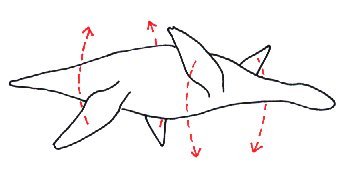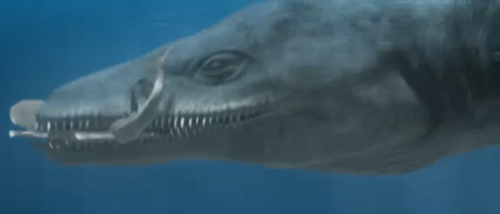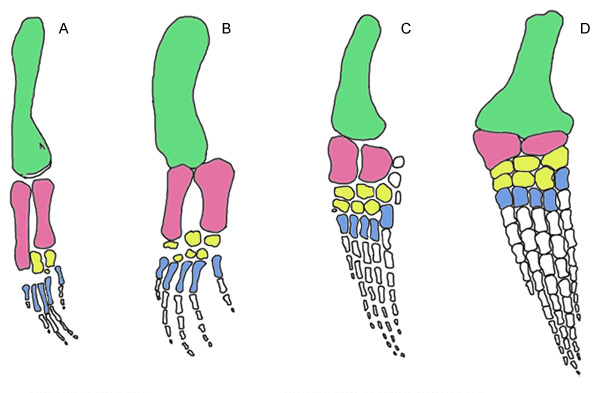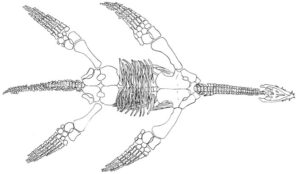Neck function

Contrary to early work (Zarnik 1925), plesiosaur necks did not have the extreme flexibility required to coil up and strike prey in the manner of some snakes and pleurodiran turtles (Pough et al. 1996). Tall neural spines on the top of the neck vertebrae limited vertical (up and down) flexibility, while processes on the anterior and posterior surfaces of the vertebrae (prezygapophyses and postzygapophyses) limited horizontal (side to side) mobility.




